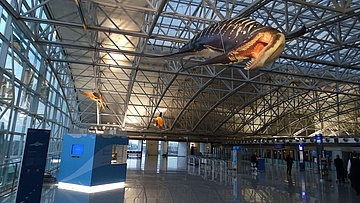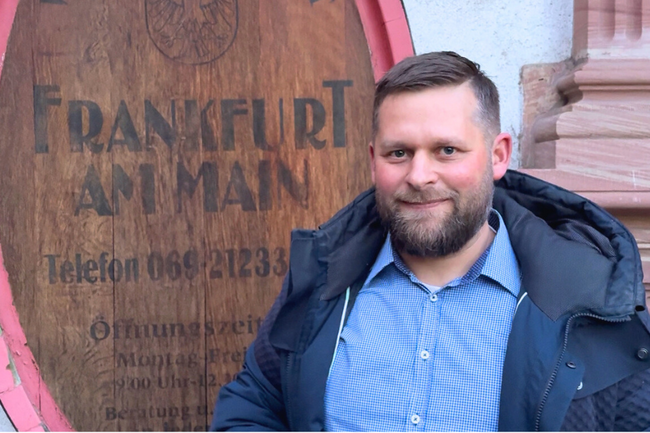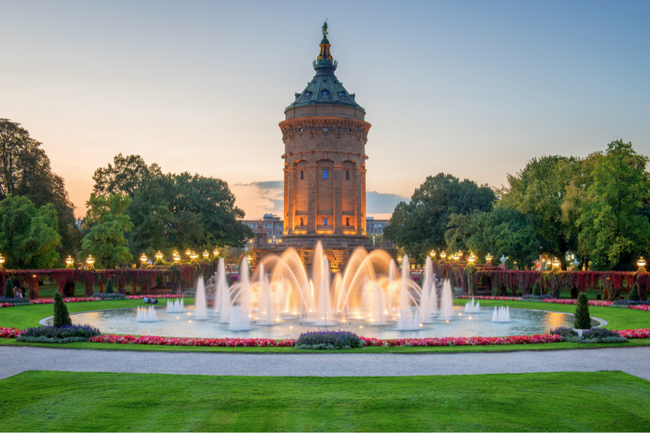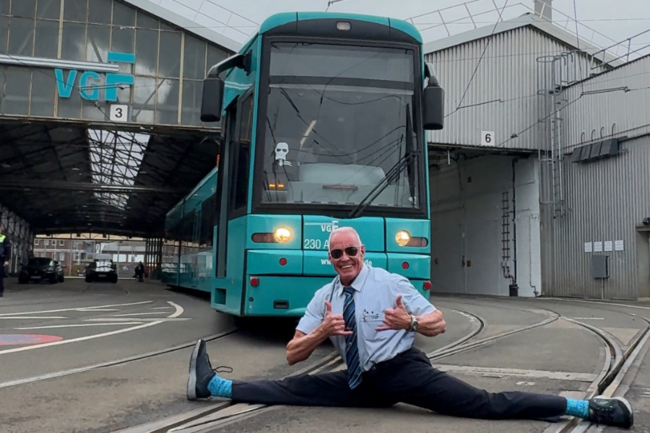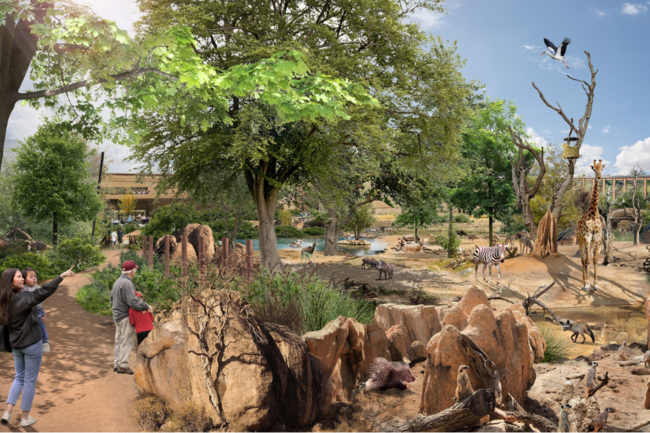Airplane wings are a stroke of engineering genius, inspired by pterosaur, bat, and bird wings. "Flying," by the way, is not exclusive to the air, but also to water: octopuses move through the sea by recoil - this principle is also used in rockets.
The "Evolution of Flight" exhibition is open around the clock to anyone interested. It is located in the Skyline Platform area in Terminal 2, and admission is free. Guides from the Senckenberg Natural History Museum regularly lead visitors through the exhibition.

About Fraport AG and Frankfurt Airport
. Fraport AG is a full-service provider in airport management and is one of the leading international companies in the airport business with ten airport investments on three continents. In 2015, the Group generated an annual result of around €297 million on revenue of €2.58 billion. In 2015, a total of almost 111 million passengers used the airports with a Fraport share of more than 50 percent. "Have a good trip! We make it happen" is the claim to which the airport operator has committed itself in its mission statement. The customer is the focus of all services. This claim applies both at Germany's largest aviation hub in
Frankfurt and at all sites worldwide.
At its home site in Frankfurt, Fraport welcomed more than 61 million passengers in 2015 and handled a cargo volume of around 2.1 million metric tons. In the 2016/17 winter flight schedule, 88 airlines fly from Frankfurt to 248 destinations in around 100 countries worldwide. With over 130 intercontinental destinations, half of all destinations are outside Europe, which highlights Frankfurt's position as a major international air traffic hub. As a result, Frankfurt Airport ranks second in cargo and fourth in passenger traffic among European airports.
About the Senckenberg Nature Research Society
. Exploring and understanding nature with its infinite diversity of life forms in order to preserve and sustainably use it as a basis of life for future generations - this is what the Senckenberg Nature Research Society has been working for for 200 years now. Exhibitions and museums are the showcases of natural research through which Senckenberg shares current scientific findings with people and provides insights into past and present changes in nature. The Senckenberg Nature Research Society is a member of the Leibniz Association. The Senckenberg Nature Museum in Frankfurt am Main is supported by the City of Frankfurt am Main and other
sponsors and partners. More information at: www.senckenberg.de.
200 Years of Senckenberg! 2017 is an anniversary year at Senckenberg - the society, founded in 1817, has been conducting research for 200 years with curiosity, passion and commitment to nature. Senckenberg is celebrating its 200-year success story with a colorful program consisting of
many events, specially created exhibitions, and a large museum festival in the fall. Of course, current research and future projects will also be presented. You can also find more info at: www.200jahresenckenberg.de







